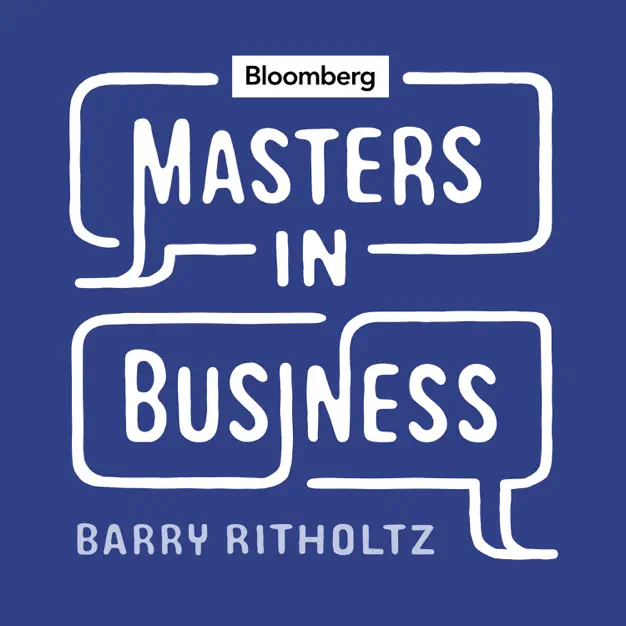




The era of low and stable inflation and historically low interest rates, known as the 'new normal', is coming to an end. Rising interest rates, constrained fiscal space, and the end of favorable structural forces in the global economy are contributing to this shift. The Chinese Dream is shifting towards state-led growth, and geopolitical conflicts are increasing. The rise in long-term interest rates is a case study of this change. The absence of a Fed 'put' means no zero rates or promises of low rates in the future. This 'new abnormal' will be characterized by higher and more volatile inflation, higher interest rates, and challenges for tech start-ups, housing, and government deficits. The bond market is experiencing pain as interest rates return to normal. This shift in interest rates signifies a departure from the low-rate environment that has persisted for several years. As interest rates rise, bond prices fall, causing investors to experience losses. This can lead to increased volatility in the bond market and potentially impact other financial markets as well. However, the return of normal interest rates can also be seen as a positive sign for the economy. It indicates that the Federal Reserve believes the economy is strong enough to withstand higher borrowing costs. Overall, the bond market's pain is a reflection of the transition back to a more typical interest rate environment. While it may cause short-term disruptions, it is ultimately a step towards a healthier and more balanced economy. The current pattern of long-term interest rates implies a return to the period before the 2007 financial crisis. Markets price that, over the next decade, inflation will be well anchored at 2%, the equilibrium interest rate will be positive, and central banks will no longer cut rates to zero or buy bonds. The expectation that Japan could abandon the zero interest rate regime after almost four decades would change the pricing structure of government bonds globally. The world economy is more resistant to interest rates than previously thought. Bonds will be less useful as a hedging instrument for investment portfolios, and their price should be lower. Stock markets have resisted rising interest rates well, suggesting better medium-term growth prospects. The economic policies developed in response to the 2007 financial crisis, the euro crisis, the pandemic, and rapid increases in energy prices have improved economic policy frameworks and closed the deflationary cycle that began in 2007. A world with positive interest rates and inflation is better than a world with zero interest rates and inflation. The economy in the coming decades may be brighter than that of the previous two decades. [0e4dc380]
The article discusses the new normal interest rate regime and its impact on real estate performance. The author highlights the importance of considering the long-term outlook for real estate and how it is influenced by the prevailing interest rate and inflation trend. The author identifies three previous monetary policy regimes and their effects on real estate, and predicts that the current economic environment will require nominal interest rates to be held at a slightly higher level and change more often. The author suggests that real estate investors should adjust their portfolios accordingly. [388ebfb1]
Interest rates have risen by over 500 basis points during the past 24 months. In this new interest rate regime, TINA is no more. Investors should be considering capturing some of that yield in their portfolios. The era of zero interest rates and quantitative easing is dead. Rates were very low for a very long time after the financial crisis in 2008. The Fed wanted to push people into riskier assets by lowering interest rates. The Fed tends to be conservative and move slowly. The shift in government policy from monetary to fiscal stimulus impacts psychology and encourages investment in risk assets. Active managers have a hard time beating the index in equities, but in fixed income, they can beat the index by avoiding high-risk players. Fiscal stimulus tends to mean higher GDP, higher inflation, higher yields, and lower market returns from equities. Investors should consider alternatives to riskier stocks. [ec37c301]
According to Franklin Templeton Fixed Income CIO Sonal Desai, rising investment and persistently loose US fiscal policy are pushing long-term real interest rates higher. Desai identifies several factors driving the trend towards stronger investment, including the need to make up for past under-investment in infrastructure, rising geopolitical tensions, growing interest in artificial intelligence, the green energy transition, and the need for manufacturing companies to invest in new technologies. While not all of this investment will result in rapid gains in productivity, Desai argues that over time it should lead to faster productivity growth and real economic growth, reversing the key arguments of the Secular Stagnation theory. Desai also highlights the role of persistent large fiscal deficits in shaping the outlook for interest rates, noting that the US government has been running a loose fiscal policy for a long time, resulting in a rising debt stock. The need to fund large fiscal deficits puts pressure on bond supply, pushing bond prices down and interest rates up. Desai concludes that bringing the US budget deficit under control will require serious efforts, which seem implausible in the current political climate, and that loose fiscal policy will likely continue to put upward pressure on interest rates. Institutional investors are adapting to this post-pandemic global economy by considering the challenges and developing strategies to navigate these new conditions. [44308577]
James Grant, editor of the Interest Rate Observer, believes that interest rates will rise in a cyclical pattern, potentially for another multi-decade period. He bases his view on historical observations and factors such as persistent inflation, increased military spending, and significant fiscal deficits. However, the author disagrees and argues that interest rates are a function of economic growth and inflation, and the current economic environment does not support higher rates. The author also highlights that increasing debt and deficits actually lead to lower economic growth, inflation, and interest rates. The article concludes that the path of interest rates remains lower in the long-term, and even if rates do increase, central banks will take actions to artificially lower them. [76be2eb7]